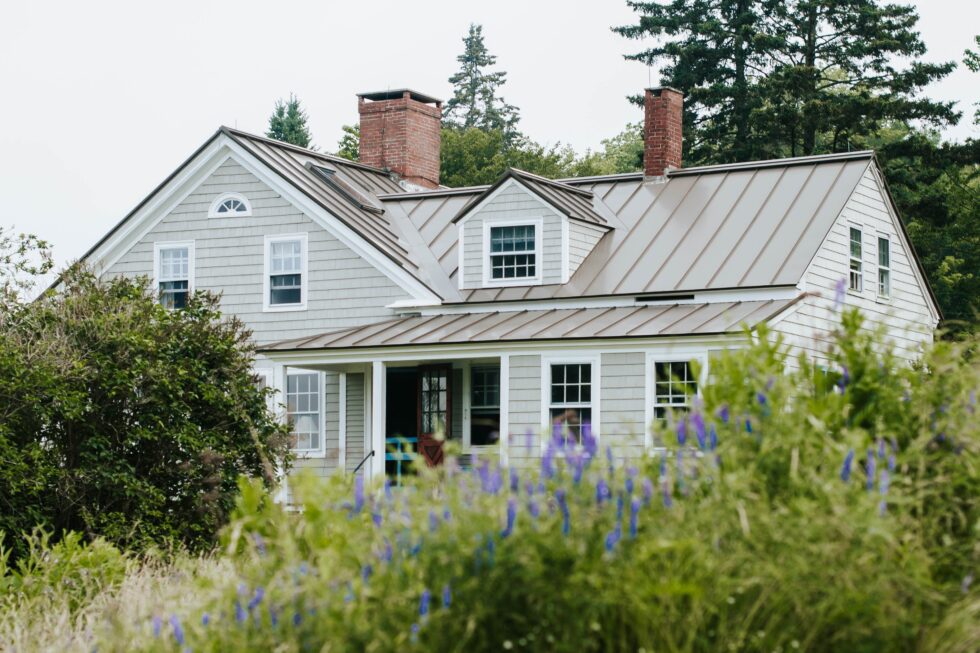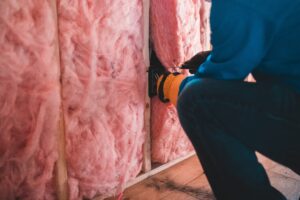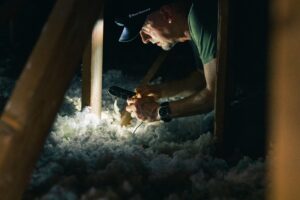
Insulation is a hot topic as we approach 2023, with homes increasingly on the lookout for ways to curtail energy consumption and create net-zero houses. However, while beefing up the insulation is obviously at the top of the checklist in this regard, many of the most common insulation materials are not necessarily safe. For example, some products give off harmful dust that carries VOCs, while others will release toxins when exposed to excessive heat. Not to mention that many inorganic insulation products are not biodegradable and create challenges when it comes time for disposal.
Fortunately, there are a number of innovative insulation products that provide top-tier thermal protection with none of the associated health risks. Therefore, if you are looking for ways to meet building code insulation requirements without introducing toxic materials to your home, keep reading for a detailed breakdown of 3 healthy and non-toxic insulation materials to consider in 2023.
Hemp Insulation

Hemp is arguably the most trendy option for homes looking for an all-natural continuous insulation material. It is an extremely sustainable material, as hemp crops can be grown and harvested in a very short time frame–usually less than 100 days. Hemp typically does not require much space or water to cultivate, and it usually does not require treatment with any toxic pesticides. While it may not seem intuitive for a plant to offer much in the way of insulation, this extraordinarily diverse crop will surprise you.
The inner fibrous layer of the hemp plant is extracted and used as the base material for insulation batts. Be sure to check the binding material, as some fabrications will offset the natural properties of hemp by cutting corners and binding the hemp fibers with a toxic product. The best choice to complement the natural hemp base is to look for batts that use flax or kenaf fibers as the binding agent.
The result is a dense insulation batt that somewhat resembles fiberglass insulation in its final appearance. Most hemp insulation batts will yield an R-value of 3.5 per inch of insulation. While this may not seem like an earth-shattering number, it is important to remember that hemp insulation will not lose any R-value over time and is much more moisture-resistant than standard insulation products.
In addition to no harmful VOCs, gas, or dust byproducts, hemp insulation is also fully recyclable and biodegradable, giving it a major leg up over inorganic insulation types that cause difficulty at disposal time.
Cork Insulation

Another all-natural insulation material is cork. Harvested from the outer bark of the cork oak tree (Quercus suber), cork provides a safe, non-toxic, and recyclable insulation option for homeowners.
You are probably familiar with cork as a stopper for wine bottles and tack boards, but how exactly does it function as an insulation solution? The granule byproducts from these cork products are collected, steam heated, and pressed into a board. This activates a natural binder called suberin that fuses the cork granules and yields a solid insulation board. It is an extremely efficient fabrication process, as no additional materials are required for binding, and any cork granules lost during fabrication are recollected and returned to the steam press for the next production run.
The insulation value of most cork boards can reach up to R-4.2 per inch. This exceeds the value of most basic fiberglass batts or blow-in options. It also has strong moisture resistance and is one of the best insulation choices for reducing sound transfer, making it a premier material for connected homes and multi-family dwellings.
Sheep Wool Insulation

What better way to create a natural insulation material than to source from an animal known for keeping itself cozy in the most harsh climates? Sheep wool insulation has the potential to yield an astounding R-value of 19 while providing unique moisture-wicking properties used by sheep to stay dry.
The process of turning sheep wool into insulation is a bit involved but well worth the effort. The shorn wool is meticulously sorted to separate fibers fit for clothing from those best suited for insulation. Once the insulation fibers are identified, it is then thoroughly washed to remove any unwanted debris. It is then combed to get all fibers moving in the same direction and layered to attain necessary thickness. This layered wool is then bonded using mechanical fasteners or recycled polyester adhesives to create the stable mats needed to hold firm in your walls and ceilings.
Sheep wool insulation will be one of the most expensive insulation options on the market, but its benefits as a natural, safe, and non-toxic product are unmatched, bringing the same properties that have kept sheep warm and dry for millennia to your home’s building envelope.
Choose These 3 Non-Toxic Insulation Options in 2023
Attaining a highly insulative building envelope without reverting to toxic insulation products is easy to accomplish as we near 2023. By choosing hemp, cork, or sheep wool insulation, homeowners can achieve the necessary R-value and moisture resistance without the threat of harmful VOCs or other toxic byproducts.
Brian Jeffries is a freelance writer that loves sharing his knowledge and expertise on remodeling projects and materials. He lives in Winter Park, Florida where he enjoys spending time with his wife and working on projects in his spare time. Brian’s work as a freelance writer can be found on Building Product Advisor, a new construction industry resource launching in Fall 2022.
